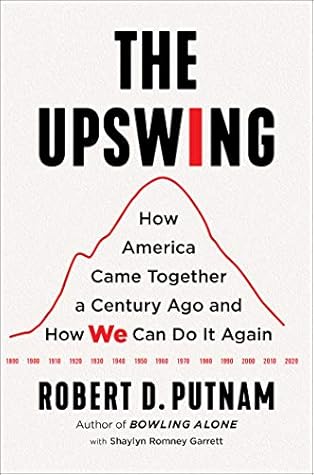Some might argue that it was, quite simply, a white male “we” under construction in this period—one that had no room for anyone else, and whose strength was ultimately derived from its exclusivity. However, this view fails to take into account the ways in which blacks were moving toward equality with whites during that same period, as well as the slow but significant victories of the long Civil Rights movement, which prevailed upon the white establishment to widen the “we” in important (though ultimately insufficient) ways across many decades.
Welcome back. Just a moment while we sign you in to your Goodreads account.


